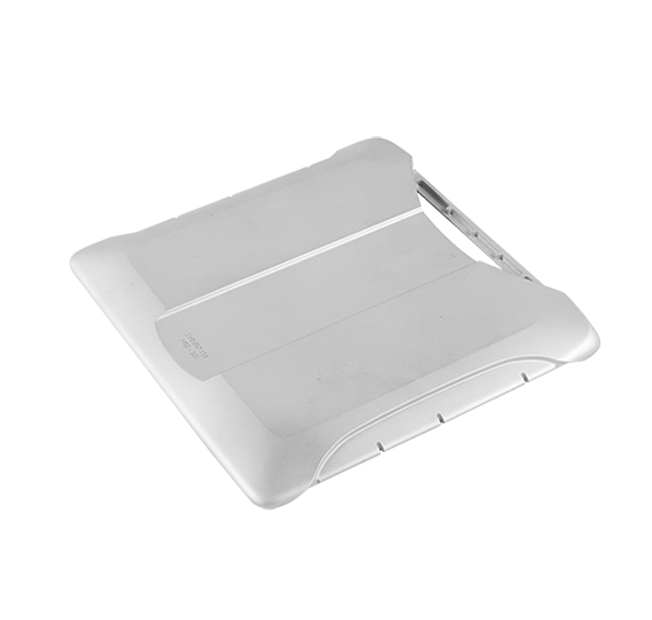Time:2025-06-17 Views:0 source:CNC Machining customization source:CNC Machining news

The manufacturing of CNC components for medical devices is subject to extremely stringent requirements due to the critical nature of these products, which directly impact patient safety and treatment effectiveness. Every aspect of the manufacturing process, from material selection to quality control, must adhere to strict standards and regulations.
Material Selection and Compliance
Materials used in medical device CNC components must meet high - level biocompatibility standards. Stainless steel, especially grades like 316L, is widely favored for its excellent corrosion resistance and biocompatibility. It can withstand the harsh sterilization processes, such as autoclaving and chemical disinfection, commonly used in medical environments. Titanium and its alloys are also popular choices, especially for orthopedic implants, due to their high strength - to - weight ratio, corrosion resistance, and osseointegration properties, allowing them to bond with human bone tissue. Additionally, all materials must comply with international medical standards, such as ISO 13485 for quality management systems in the medical device industry and relevant regulations from authorities like the US Food and Drug Administration (FDA) and the European Medicines Agency (EMA). Traceability of materials is crucial, ensuring that the origin, processing history, and quality certifications of each batch can be accurately tracked.
Precision and Dimensional Accuracy
Medical device components often require extremely high precision and tight dimensional tolerances. For example, components used in surgical instruments need to fit together precisely to ensure smooth operation and accurate performance during surgeries. CNC machining allows for the production of parts with micron - level accuracy. Advanced CNC machines with high - resolution encoders and precise control systems are employed. The design of the machining process, including tool path planning and cutting parameter selection, is optimized to minimize errors. After machining, parts undergo rigorous dimensional inspections using coordinate measuring machines (CMMs) and other precision measuring instruments. Any deviation from the specified tolerances, even within a few microns, can render the component 不合格,as it may affect the functionality and safety of the medical device.
Surface Finish and Cleanliness
A high - quality surface finish is essential for medical device CNC components. Rough surfaces can harbor bacteria and other contaminants, increasing the risk of infections. Therefore, parts are often subjected to processes like polishing, electropolishing, or lapping to achieve a smooth surface. The surface roughness is typically specified in terms of the Ra value, and for many medical applications, an Ra value of less than 0.8 μm is required. Moreover, strict cleanliness standards must be maintained throughout the manufacturing process. Components are cleaned using specialized solvents and ultrasonic cleaning methods to remove any machining debris, lubricants, or other contaminants. Cleanroom facilities are often used during the final assembly and packaging stages to prevent particulate contamination, ensuring that the components are sterile or meet the required levels of cleanliness before being incorporated into medical devices.
Quality Control and Traceability
Comprehensive quality control measures are implemented at every stage of manufacturing. In - process inspections are carried out regularly to detect and correct any potential issues promptly. Final inspections involve multiple tests, including visual inspections, dimensional checks, functional tests (if applicable), and material property tests. Each component is assigned a unique identification number or code, enabling full traceability throughout its lifecycle. This traceability system records information such as the manufacturing date, batch number of materials used, operators involved, and inspection results. In case of any quality issues or recalls, this detailed information allows for quick identification and isolation of affected products, minimizing risks to patients.
the manufacturing requirements for CNC components of medical devices are highly demanding, covering all aspects from material selection to quality control. Meeting these requirements is essential for ensuring the safety, reliability, and effectiveness of medical devices in healthcare settings.
Read recommendations:
Sealing ring Precision electronic parts
Housing components for recessed downlights Precision electronic parts
Oval Magnetic Hardware Precision electronic parts
CNC Machining Dimension Accuracy
CNC processing factory - Meeting customers' strict requirements for precision